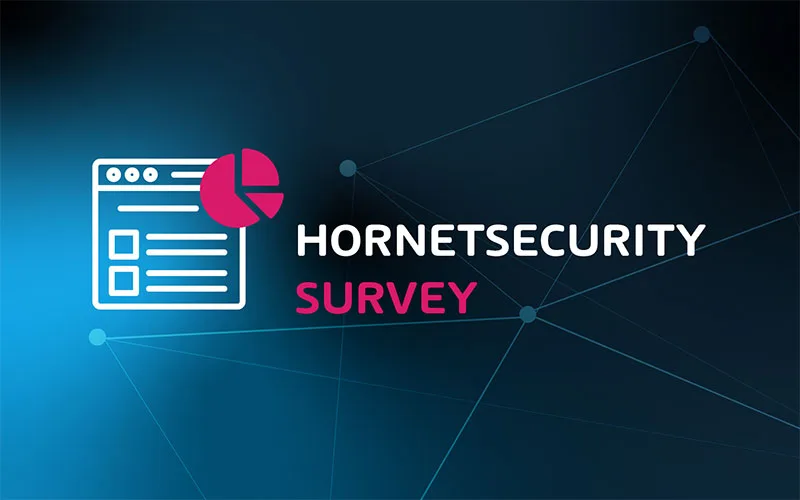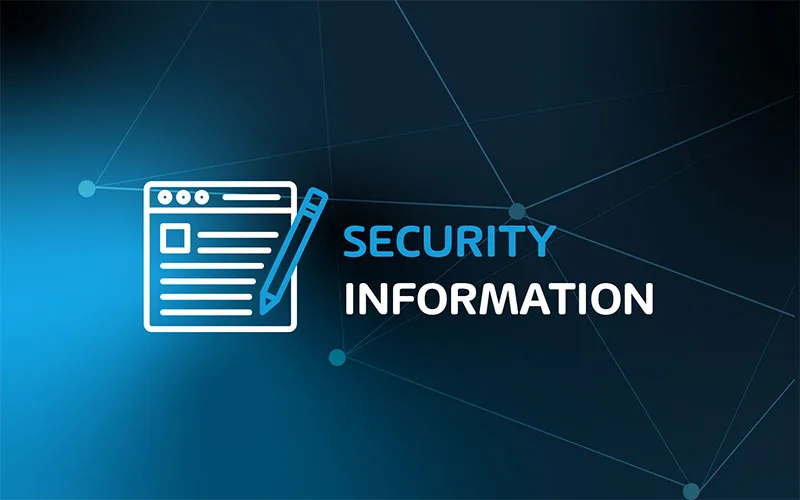

The Top 5 Spear Phishing Examples and Their Psychological Triggers
What is Phishing?
Phishing is one of the popular techniques of social engineering. Attackers send misleading emails or communications while disguising themselves as reputable organizations, such as banks or well-known websites. These communications frequently include pressing requests, alluring links, or fraudulent login pages that look real. Unaware victims can unwittingly provide their information, which could result in identity theft, financial loss, or unauthorized access to accounts. Use secure, one-of-a-kind passwords for online accounts, and be wary of unexpected emails and information exchanges to be safe.
Even if an organization finds one phishing email, it only takes one person to make a mistake for the assault to succeed. For this reason, educating staff members about security awareness training is crucial.
What is Spear Phishing?
Attacks known as spear phishing are targeted specifically at one person or a small group of people, such as the employees of a particular company. These phishing attacks tend to be selective and sophisticated, and the attacker frequently does in-depth research on the victim to make the assault as convincing as possible.
Threat actors use Spear phishing often as an entry point to an organization due to the limited security by evading spam filters and even sophisticated security measures. The goal of this phishing attack might be an account take-over email compromise to help the attacker establish backdoor or escalate privileges to maintain persistence within the compromised system or network. This allows them to pivot and carry out further malicious activities such as data exfiltration, lateral movement or launching additional attacks that can have negative financial and reputational effects on the organization.
Whaling Attacks (CEO Fraud)
Whaling is identical to spear phishing except for the size of the fish, is also known as CEO fraud. They are highly targeted form of spear phishing attacks via malicious emails or phone calls where the spear phishers act as a legitimate sender and delivers malware (e.g., fake invoices) to gather confidential information, hijacks their email accounts, or credential theft.
Attackers might have different goals after taking over executives’ account, such as:
- One of the primary motivations for whaling attacks is financial gain. Picking on CEOs with financial control allows nefarious individuals to funnel money into their own accounts or change financial transactions for personal benefit;
- Data Theft or Espionage: Whaling attacks could also be carried out for reasons other than pure profit. Threat actors could try to obtain private data, business secrets, or intellectual property. This stolen information may be utilized for business espionage, unfair competition, or black market sales;
- Disruption and Reputational Damage: Whaling attacks have the potential to disrupt an organization’s operations and damage its reputation seriously. Attackers can spread false information, sabotage internal communications, or create a chaotic environment that interferes with regular business by posing as executives.
Types of Spear Phishing Attack Vectors
SMS phishing attacks (Smishing)
SMS phishing attacks (Smishing) is a form of phishing attack through carefully crafted text messages with a targeted approach that claims the recipient has won a prize or the attacker might send a text message pretending to be from the finance department requesting that the individual provide sensitive information via a malicious website (login page or click links).
Voice phishing (Vishing)
Voice phishing (Vishing) is an approach that involves phone calls where the attacker pretends to be calling from a trusted source to trick the intended victim into revealing personal details of their personal life or using social engineering techniques to perform a wire transfer. An example of vishing would be an attacker calling from a spoofed phone number posing as a particular person from your company with a matter of urgency to get information on trade secrets, or another example is they might ask for help with resetting their login credentials, sometimes called credential phishing.
Malware phishing attacks
Malware phishing attacks are delivered via phishing emails or texts containing malicious links to a fake website or a free trial of well-known antivirus software. The capabilities of the malware vary depending on the end goal of the attacker, such as installing RAT (Remote Access Trojan), Keylogger that captures keystrokes, installing additional malware that exploits security flaws or even recording audio and video.
How to Prevent and Protect Your Organization From Spear Phishing Attacks
Hornetsecurity Advanced Threat Protection is a cybersecurity solution that uses advanced technologies and techniques to protect against targeted attacks via spear phishing. It offers a variety of features, such as:
- Sandbox Engine – If the document sent with the email is found to be malware, the email is moved directly to quarantine;
- URL scanning – Leaves the document attached to an email in its original form and only checks the target of links contained in it;
- Freezing – Emails that cannot be clearly classified immediately are held back for a short period. The emails are then subjected to a further check with updated signatures;
- Malicious document decryption – Encrypted email attachments are decrypted using appropriate text modules within an email. The decrypted document is then subjected to an in-depth virus scan;
- Secure Links – Protects users from malicious links in emails. It replaces the original link with a rewritten version that goes through Hornetsecurity’s secure web gateway.
Since e-mail is one of the most used attack vectors for spear phishing, it is advantageous to strengthen the e-mail communication within your organization with SPF, DKIM and DMARC.
- SPF (Sender Policy Framework) – Is responsible for verifying the sending server IP addresses;
- DKIM (DomainKeys Identified Mail) – Adds a digital signature to verify email authenticity;
- DMARC (Domain-based Message Authentication, Reporting, and Conformance) – Combines both to enforce email security policies and provide reporting mechanisms.
Even if all technical controls are in place, attackers’ primary objective for spear phishing attacks is to deceive targeted individuals to achieve their malicious objectives. Security Awareness is like a superpower cape that helps individuals become cyber-savvy heroes! It shields against sneaky scams, thwarts malicious tricks, and empowers us to spot cyber villains. It is essential to train your staff with simulated spear phishing exercises to stay alert, as training dramatically reduces the probability of infection.
Spear Phishing Examples and Their Psychological Triggers
Authority
Threat actors use spear phishing emails to represent themselves as authoritative figures to gain victims’ trust. By impersonating a person of authority, such as a CEO or a bank representative, the attacker can sway the victim to take action without question.
Urgency
Attackers create a sense of criticality to make the victim act quickly before they have time to think. Suspicious email about a compromised account or a time-sensitive task that needs immediate attention.
Curiosity
Attackers use curiosity to lure victims into clicking on a malicious link or downloading an attachment. This could be a phishing email with a message offering a free gift or a secret that the victim must see.
Familiarity
Spear phishing attacks may abuse personal information to make the target feel comfortable and familiar with them. This can make it easier to convince the victim to take action, such as providing sensitive information.
Fear
The phishing attack technique is most powerful when fear is instilled on the target, causing them to act irrationally. The email claims about a legal issue or a threat to expose shameful information. The target is more likely to comply with the attacker’s demands out of fear of the consequences.
More Spear Phishing Examples
Ransomware has been increasing over the years making spear phishing their primary attack vector. It has devastating consequences that can abruptly interrupt companies’ business and operations if no backup solution is deployed.
Conti is one of the most notorious ransomware that uses several attack vectors and spear phishing via email, delivering malicious attachments and phishing links containing embedded scripts that download other malware like TrickBot or Cobalt Strike, which are then used in later stages of the attack and to assist with deeper network infiltration. On 11th April 2022, it was reported that high-ranking Costa Rican officials were targeted and their credentials obtained from malware installed on the initial device, which then was used to deploy Cobalt Strike, more than 10 beacon sessions were detected, which were used in the later stages of the attack.
For an overall look at cybersecurity risks gained from analyzing 25 billion emails, see our free Cyber Security Report 2023.
FREE PHISHING TEST
Would you fall for a phishing email? Take this test and see! You will receive 5 phishing emails and valuable tips. Click here for more information.
Conclusion
Unfortunately, spear phishing attacks are becoming progressively dangerous in the world of remote work, and attackers are becoming more and more skilled at using these attacks to their advantage. Spear phishing defense is essential to safeguard confidential data, avoid financial loss, maintain reputations, stop data breaches, and guarantee ongoing operations. Protecting against this constant cyber threat requires proactive tactics, knowledge, and skepticism.
FAQ
In a typical spear phishing attempt, the attacker customizes their strategy to focus on a certain person or group. A threat actor might send you an email that appears to be from a colleague in the IT department at your place of business. The email claims that your email account needs an immediate password update and contains a link to a login page. You enter your credentials under the impression that the request is legitimate, unknowingly granting the attacker access to them.
Imagine getting a letter in the mail that appears to be written by your best buddy and is handwritten. Only you two would understand the special inside jokes and intimate information in the letter. You eagerly open it, but instead of receiving excited experiences, it requests information about your bank account. Spear phishing is that. It works well because it makes use of trust, customization, and familiarity, which makes it more difficult to detect dishonesty within the familiarity.
In 2016, Crelan Bank lighter by $75 million when the attackers compromised the business email of a high-ranking executive. They were able to spoof the CEO’s email account by impersonating the CEO as the sender. While acting like a high-level executive, the attacker then told the company’s employees to deposit money into a bank account he controlled. Although the attack was eventually identified through an internal audit, the attackers’ names remain unknown.
Definition spear is a form of a targeted attack against single or multiple employees in a company. They often target new employees who have yet to establish their foothold in their new environment, causing them to be vulnerable and easy targets. New employees can be easily found on the company website who are proudly announcing their new recruits and with a little bit of OSINT (Open Source Intelligence) on their social media. It can be rather effortless to find their real email and send them requests from a company that is out of the ordinary.
During the early stages of the COVID-19 pandemic in 2020, the whole world was in a panic, which granted threat actors a plausible cause and took advantage of the situation. There were many real-world examples, but one of them was when the attackers sent emails to employees with malicious attachments containing public records of people within their company who were recently affected by the virus. This caused great panic and fear that inevitably led to the targets opening the attachment out of fear and installing malware/keylogger in their machine.

